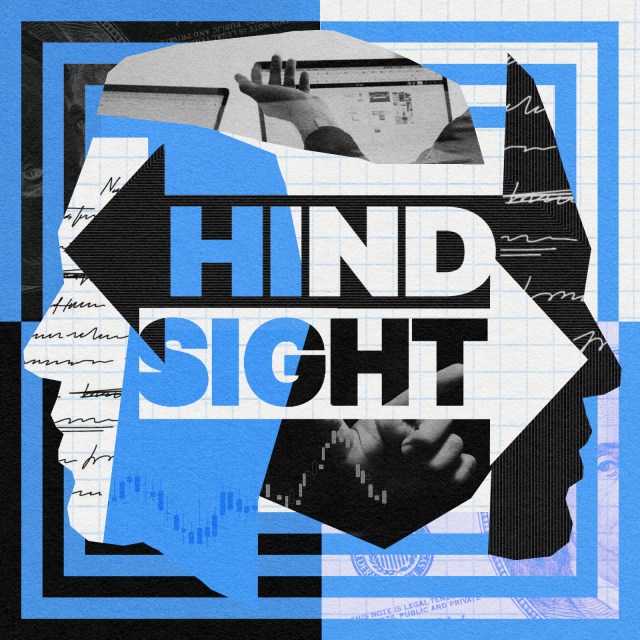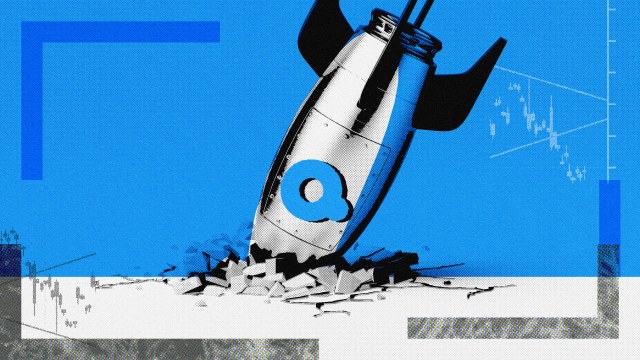Golden in hindsight: The timeless business book still dog-eared by great leaders

- Both Bill Gates and Warren Buffett still keep Business Adventures to hand.
- Author John Brooks brought business characters and stories to life with remarkable detail and immediacy.
- We focus on three examples of the book’s continuing relevance in our current age of business flux, corporate responsibility, and AI.
Business leaders may think they can’t learn anything from a book published in 1969 — but Microsoft co-founder Bill Gates and investment guru Warren Buffett disagree. Their favorite book about commercial life is Business Adventures by John Brooks: a collection of articles describing major corporate events in the 1960s. They and other leaders have plenty of concrete examples about how this book has helped them succeed in more recent times — and even become more relevant.
Brooks brought business characters and stories to life with remarkable detail and immediacy. These are long articles that explore corporate issues and human dilemmas in depth, never resorting to simplistic explanations. Writing about the book, Gates highlighted how the particulars of business — such as the dramatic shrinking of gadgets — may have changed since 1969, but the fundamentals have not.
Attention spans have similarly shrunk. Business Adventures’ dated writing style and layout make it a little hard to digest. But it rewards the patient reader. Brooks made a point of meeting as many of the people involved in his stories as possible, enabling sensitive and carefully-rendered observations about how people behave during real-life business challenges; and what makes them succeed and fail.
This portrayal of the complexity of human behavior in difficult situations gives the work its enduring power, and ensures it is still a hit with up-and-coming business leaders today. Savneet Singh, CEO at software provider PAR Technology, told Big Think: “No book provides more detail on the inner workings of business decision-making, organizational design, or strategies that determine business success. Brooks goes two to three layers deeper than any book I’ve read.” And Dipak Patel, CEO of Globo Language Solutions, says Brooks’ narratives reveal a “timeless wisdom” and provide a “foundation for navigating the complex interplay of innovation, ethics, and risk” in modern business.
Listicles may not have been Brooks’ style. But here are three ways his book remains relevant and a must-read for CEOs today.
Disrupt or die
A core theme that arises from a retrospective reading of Business Adventures is constant adaptability in the face of technological change. For example, Brooks’ story about the rise of photocopying pioneer Xerox reveals how the firm invested deeply in research and innovation, and nurtured a creative culture, to advance technological trends. As we know now, it later failed to use its own research to stay ahead of the game.
Patel says this challenge is highly relevant as companies juggle the disruptive risks and opportunities in new technologies such as artificial intelligence (AI).
A core theme that arises from a retrospective reading of Business Adventures is constant adaptability in the face of technological change.
Xerox was a mid-20th century example of what was later coined “the innovator’s dilemma.” This describes how pioneering companies often struggle to “disrupt themselves” after their initial success. But, today’s fast-changing business challenges demand that they keep doing this by continually listening to and adapting to societal changes; and most importantly, by aiming to stay ahead of trends, just as successful CEOs such as Nintendo’s Satoru Iwata have done in the 21st century.
In the 1970s, Xerox spent generously on R&D that led to innovations in ethernet networks and graphical interfaces. But because these did not fit their core business, Xerox executives chose not to turn them into marketable products, allowing rivals like Canon and Ricoh to gain ground. Singh says he took to heart the way Xerox never commercialized these opportunities: “It reminded me how hard it is to focus so deeply on an existing business while still disrupting to survive,” he says. “Xerox was fascinating to me because it was created by idiosyncratic thinkers who then hired traditionalists to run their business and thereby lost that ability to change.”

Xerox’s research into graphical interfaces eventually allowed tech giants such as Microsoft and Apple to step in. Gates later said everyone in the tech industry should read Brooks’ chapter about Xerox. Given the company’s fortunes after publication, he was determined to avoid the same mistakes at Microsoft and always pushed colleagues to “think big” about opportunities created by research.
Cautionary tales
Brooks’ story about the 1967 Texas Gulf Sulphur scandal is a cautionary tale about the sometimes fine line between legal and illegal behavior in business. It emphasizes the importance of ethical conduct and transparency. In another article, he explores the scandal of price fixing at General Electric and issues around intentional miscommunication throughout the corporation.
Brooks’ story about the 1967 Texas Gulf Sulphur scandal is a cautionary tale about the sometimes fine line between legal and illegal behavior in business.
These stories foreshadow the growth in corporate scandals over more recent decades. For example, PwC showed that in 2018, more CEOs were dismissed for ethical concerns than other reasons for the first time since its research began in 2000. Nearly all the many high-profile scandals in the 21st century have been caused by technology allowing companies to do new things coupled with leadership failures. Increasing ethical challenges around AI — including in privacy, accuracy and security — could boost the potential for such failures even further.
Brooks’ stories of moral failures remind contemporary business leaders of the urgency of managing ethical risks as they grapple with AI integrations. “The technology’s potential to disrupt business models, and introduce new ethical dilemmas, parallels the historical upheavals Brooks describes,” says Patel. “By understanding the lessons of past corporate crises, modern executives can better anticipate and mitigate these risks, and adapt and thrive in an increasingly AI-driven world.”
Back words with actions
Brooks describes how Xerox created a corporate spirit based on “human values for their own sake,” rather than a means to an end. The company backed this up by giving to charity and educational institutions, for example. Xerox founder Joseph Wilson also told the writer causes like supporting university education, civil rights, and minority employment “clearly are our business.”
“The corporation cannot refuse to take a stand on public issues of major concern,” added Wilson. Xerox again backed this up by defending and helping fund the United Nations, for example. That was considered a “business heresy” in those days when corporate leaders who took an ethical stand often faced considerable opposition. The company received 15,000 letters of protest about its UN support. But standing up for these beliefs ultimately, in Wilson’s view, “made Xerox many more friends than enemies.” Idealism thus became sound business judgement.
Today, corporate social responsibility (CSR) statements — including diversity and inclusion policies — have become a given. But companies do not always back their words with actions as well as Xerox did: witness the many accusations of greenwashing (claiming false environmental credentials) that continue today.
Brooks’ story feels more relevant than ever as employees — and especially younger generations — increasingly look for employers whose values align with their personal views. These days, workers are even ready to quit or reject a company that doesn’t back words with actions. Wilson may not have foreseen how CSR would become so central to corporate life, but his instinct drove him towards it and his actions still stand as a trenchant example.































